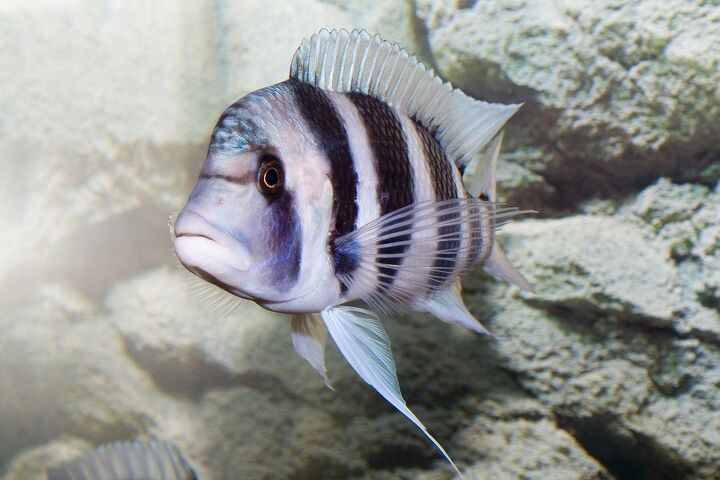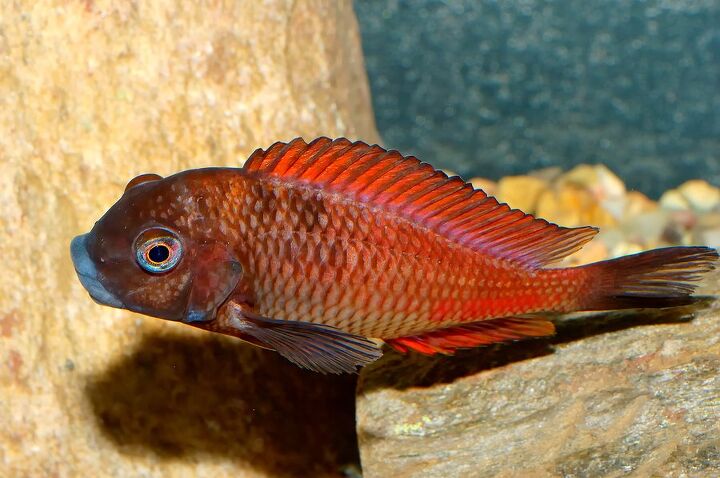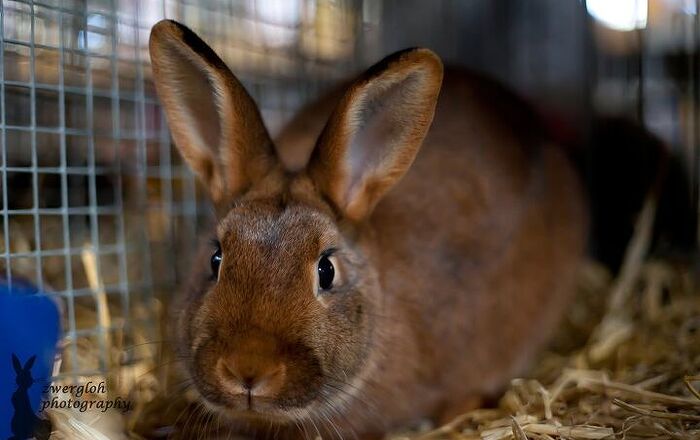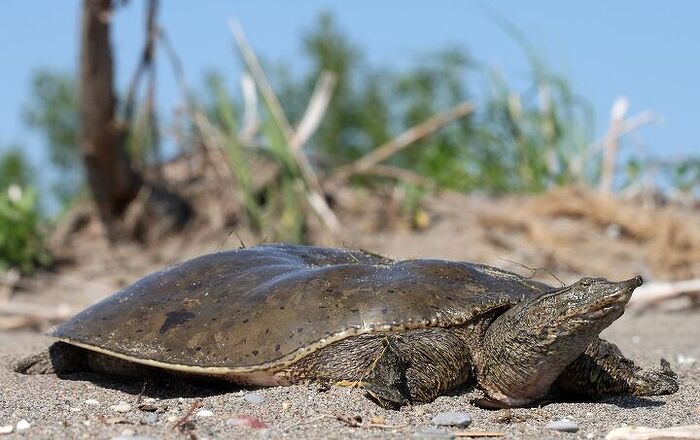
Lake Tanganyika Cichlids General Description
It is estimated that 98% of all Lake Tanganyika cichlids are endemic to the lake. The largest genus of Lake Tanganyika cichlid is the Tropheus genus, though there are also numerous Goby Cichlids and cichlids from other genuses including Neolamprologus, Julidochromis, Cyprichromis, and Altolamprologus. Though the details vary from one species to another, most Lake Tanganyika cichlids are aggressive fish that should be housed separately or as a breeding pair. It is sometimes possible to keep different types of Lake Tanganyika cichlid together in a very large tank as long as they are not conspecific.
With more than 250 species of cichlid living in Lake Tanganyika, these fish exhibit a wide variety of colors and patterns.
Origins
Lake Tanganyika is one of the African Great Lakes and it is the second largest body of water in the world as well as the second deepest. This lake is home to at least 250 different species of cichlid as well as 75 other species.
Color
With more than 250 species of cichlid living in Lake Tanganyika, these fish exhibit a wide variety of colors and patterns. Some of the colors you may see in these cichlids include red, yellow, blue, green, black, and brown. Many Lake Tanganyika cichlids exhibit splotches of color on the sides with or without dark vertical bars or white spotting.
Maintenance and Care

Because most Lake Tanganyika cichlids are endemic to the lake, they all have similar requirements in terms of water chemistry and tank conditions. The average water temperature in Lake Tanganyika is about 76°F to 78°F with a water hardness between 10 and 12 dH. The pH range for the lake is generally between 7.5 and 9.3. Like most African cichlids, Lake Tanganyika cichlids prefer a tank with sand substrate decorated with rocks and cave formations. If you are keeping multiple species together, be sure to include plenty of hiding places as well as tall decorations to break up sight lines and to divide the tank into territories.
Like most African cichlids, Lake Tanganyika cichlids prefer a tank with sand substrate decorated with rocks and cave formations.
Feeding
Lake Tanganyika cichlids are largely omnivorous so they will feed on a variety of foods including algae, plant matter, insects, and crustaceans in the wild. In the home aquarium these fish should be offered high-quality commercial flakes, pellets, and granules as well as fresh and frozen foods like earthworms, bring shrimp, and blood worms.
Also read:6 Popular Aquarium Fish You Need To Avoid
Breeding Info
Lake Tanganyika cichlids are egg layers but different species exhibit different breeding habits. Some species spawn over flat rocks or broad-leafed plants while others dig holes into the substrate or deposit their eggs in caves. Many Lake Tanganyika cichlids exhibit mouth brooding behavior as well, taking the fertilized eggs into their mouths to incubate until hatching. It is also common for these cichlids to exhibit parental care after hatching.
Aquarium Varieties
There are more than 250 species of Lake Tanganyika cichlid which have been identified but some of the most popular species for the aquarium trade include the following:
Photo credit: Neryx/Bigstock; scorpion26/Bigstock















